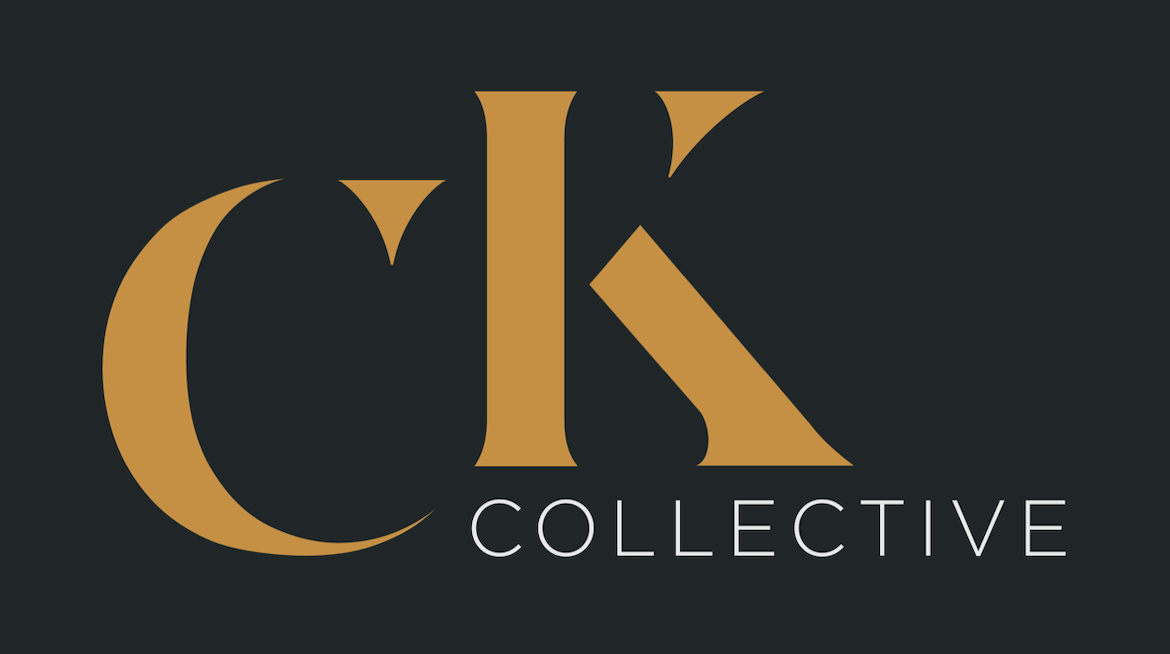Attachment Styles and How To Identify Them
🧠 Attachment Styles: A How-To Guide to Understanding Yourself & Your Partner
Understanding your attachment style (and your partner’s) can be a total game-changer in how you relate, connect, and resolve conflict. This blog will walk you through the 4 main attachment styles, how to identify them, and how to create more secure, connected relationships.
🔍 What Are Attachment Styles?
Attachment styles are patterns of relating to others, especially in close relationships. They form in early childhood, usually based on how your caregivers responded to your needs — but they can evolve over time.
🧒 Where They Come From:
💞 Consistent caregiving = secure attachment
❄️ Distant or dismissive caregiving = avoidant
🌪️ Inconsistent caregiving = anxious
🚨 Neglectful or traumatic caregiving = disorganized
Image Suggestion:
📸 Illustration of a tree with four branches — each branch representing one attachment style, rooted in childhood experiences.
Alt text: “Tree with four branches showing different attachment styles forming from early childhood roots.”
1️⃣
Secure Attachment
: The Goal
Traits:
Comfortable with closeness and independence
Can express needs and emotions openly
Resolves conflict with mutual respect
How to Identify It:
You trust easily and recover from arguments without spiraling
You feel seen, heard, and safe in your relationship
✅ If you’re secure: You’re in a good place. Keep growing and supporting your partner’s style with empathy.
2️⃣
Anxious Attachment
: The Overthinker
Traits:
Craves closeness, fears abandonment
Often overthinks or needs constant reassurance
Sensitive to shifts in tone, attention, or energy
How to Identify It:
You replay conversations in your head
You worry they’ll leave even if everything’s fine
You chase connection and feel unworthy when it’s not given
💡 Pro tip: Practice grounding exercises, journal your emotions before reacting, and ask for reassurance without shame.
Image Suggestion:
📸 Drawing of someone looking at a phone with thought bubbles showing worry symbols (exclamation marks, question marks, ghosting).
Alt text: “Anxiously attached person awaiting a text back, overthinking.”
3️⃣
Avoidant Attachment
: The Lone Wolf
Traits:
Values independence over closeness
Pulls away when things get too emotional or intimate
Often seen as “emotionally unavailable”
How to Identify It:
You feel smothered by emotional needs
You prefer space over confrontation
You shut down or disappear during conflict
🔧 Support strategy: Learn to sit with discomfort. Express when you need space and when you’re coming back.
Image Suggestion:
📸 Person standing behind a glass wall — present but emotionally distant.
Alt text: “Avoidantly attached person keeping emotional distance.”
4️⃣
Disorganized Attachment
: The Push-Pull
Traits:
Desires love but deeply fears it
Swings between clingy and distant
Often linked to trauma or neglect
How to Identify It:
You feel torn between trusting and distrusting your partner
You sabotage intimacy or chase it in confusing ways
Relationships often feel chaotic or unsafe
🛠️ Healing tip: Focus on nervous system regulation. Seek trauma-informed support and learn to recognize emotional flashbacks.
Image Suggestion:
📸 Split image of the same person reaching for someone and pulling away at the same time.
Alt text: “Disorganized attachment showing a conflicting desire for closeness and distance.”
🧭 How to Identify
Your
Style
Try reflecting on these questions:
What do I fear most in relationships?
How do I react to conflict?
What happens when someone gets too close or too distant?
You can also take a quiz (there are many online — we can link a reputable one) or reflect with a coach or therapist.
💞 How to Work With Your Partner’s Style
💡Golden Rule: Don’t take each other’s reactions personally. Most attachment responses are old wounds trying to protect you.
📘 Final Thoughts
Understanding attachment styles isn’t about labeling or judging — it’s about building awareness so you can love better, deeper, and more consciously.
✅ If you want to shift into a more secure version of yourself, you can. Awareness + small, consistent actions = change.
📞 Want to Dive Deeper?
If you’re ready to rewrite your attachment patterns, boost self-trust, and build healthy love — I offer 1-on-1 coaching sessions that blend neuroscience, somatic tools, and deep mindset rewiring.
✨ Book a session at www.ckcollective.co or email info@ckcollective.co

